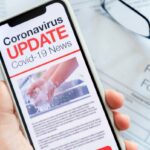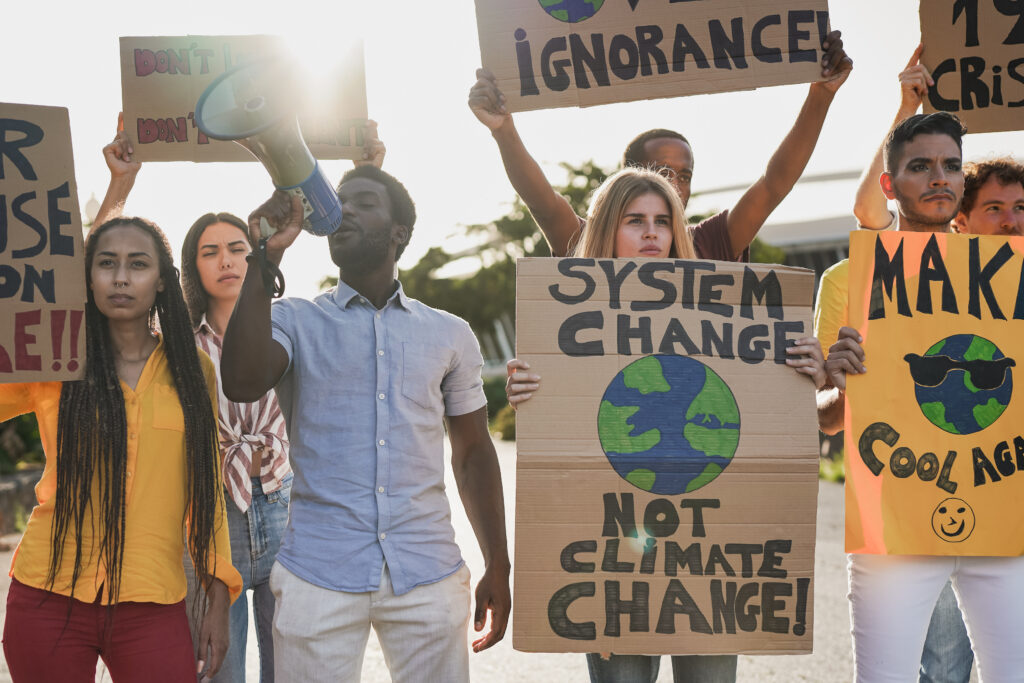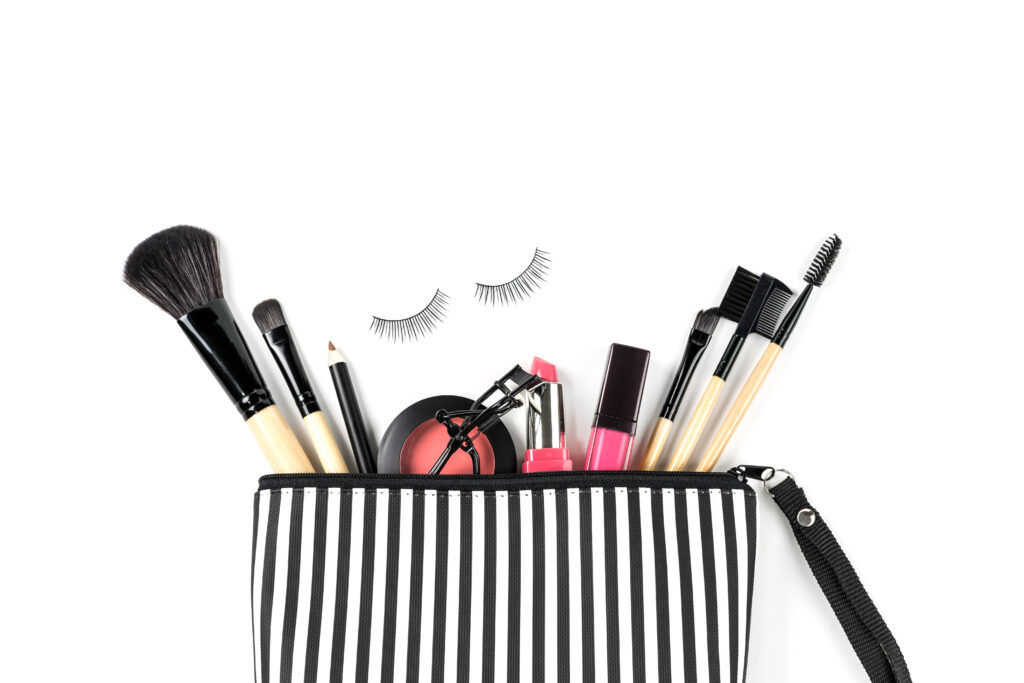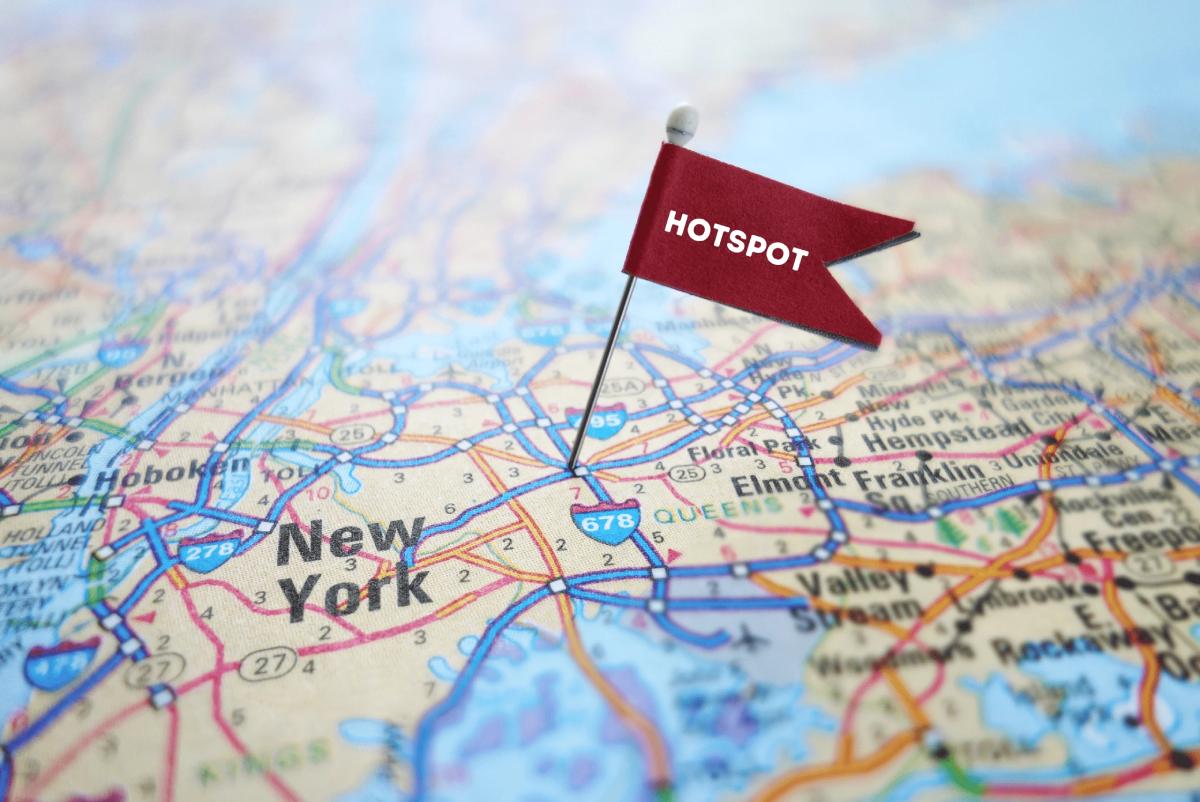
New York A COVID-19 Hotspot - Should We Be Worried?
Upstate New York is a COVID-19 hotspot for virus transmission. That’s clear from the most recent color-coded map from federal health officials showing the virus’s progress across the United States.
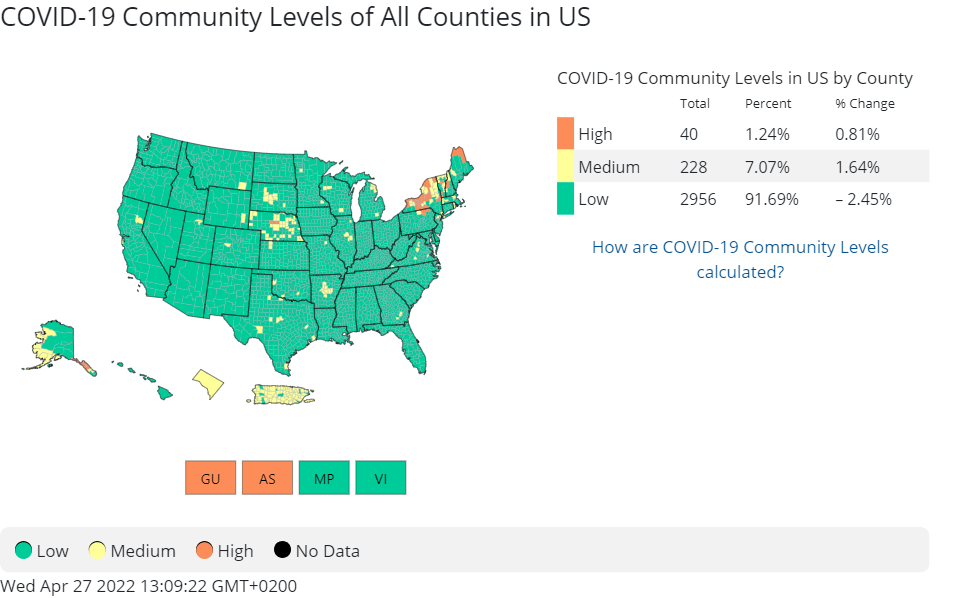
Green covers the majority of the country, indicating that those counties have modest levels of community spread as determined by case counts and hospitalizations. From Erie County to the Vermont border, a huge swath of Upstate New York is shaded yellow, indicating medium transmission, or orange, indicating high transmission. 23 of the 40 counties with high Covid-19 levels in the United States are in Upstate New York, including Erie, Niagara, and Orleans.
Why Is New York A Covid-19 Hotspot? What Health Experts Think
Public health specialists say they have no idea why New York is a Covid-19 hotspot compared to the rest of the country. The weather, amount of activity, and variant types are all possible contributors.
Local officials have stated they aren’t overly alarmed about the recent surge of Covid-19 cases since there hasn’t been a rise in hospital admissions.
They did note, though, that people should take precautions like wearing a face mask in crowded public settings; especially if they aren’t completely vaccinated or are at higher risk of serious illness from the virus.
“I’m concerned but not troubled. What I would say is, when the individual risk goes up from low to medium to high, pay attention,” explained Dr. Nancy H. Nielsen, the senior associate dean at the University at Buffalo’s Jacobs School of Medicine & Biomedical Sciences.
Late last week, the Covid-19 community transmission level in Erie County increased from medium to high.
When evaluating whether a community has a low, medium, or high degree of transmission, CDC analyzes per-capita Covid-19 cases and admissions.
The 40 counties with increased rates of Covid-19 transmission account for 1.25% of all US counties. The 228 counties with a medium level of distribution make up 7% of all counties in the country.
Erie, Niagara, and Orleans counties in Western New York had elevated levels, and Genesee and Wyoming counties had medium rates. In contrast, Chautauqua, Cattaraugus, and Allegany counties had significantly lower levels.
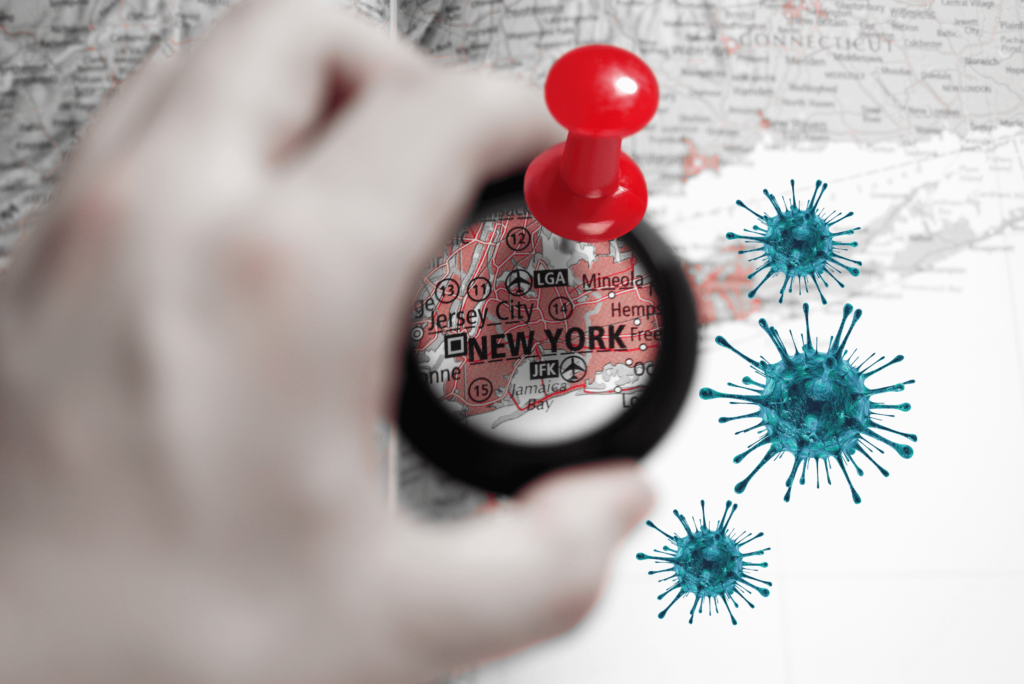
Why COVID-19 Safety Precautions Matter
Recognizing the move to high transmission, Erie County Executive Mark Poloncarz indicated that there is no need for a return to restrictive public-safety measures given the still-lower hospitalization statistics. He did, however, advise individuals to consider safeguarding themselves.
According to Dr. Thomas Russo, chief of infectious diseases at the Jacobs School, the surges of higher spread have characterized the whole epidemic, typically driven by a novel variation, followed by periods of lower cases and hospitalizations.
While infections surged after spring vacations and trips in 2021 and again this year, he said that hospitalizations for significant Covid-19 disease aren’t following the same pattern.
For instance, on April 20, 2021, 303 people in Erie County were hospitalized with Covid-19. Still, only 89 got hospitalized a year later, many of whom didn’t show symptoms but confirmed positive for Covid after being admitted for another reason.
Similarly, 78 individuals were in a critical care unit at a hospital a year ago. Still, only 11 were in one recently, according to Dr. Russo.
More US residents are completely vaccinated today, including booster doses, than a year ago. According to Dr. Russo, others have also obtained immunity through infection, notably from the fast-spreading Omicron variety.
Moreover, Dr. Russo suggested that Western New York should observe a similar trend as recent years – with warmer weather seeing people spending more time outside, leading to less Covid-19 cases.
“I’m trying to turn a corner with this, but we’ll have to wait and see. This virus has thrown us a couple of curveballs,” he said.
Dr. Russo and Dr. Nielsen couldn’t say why Upstate New York is experiencing more spread than sections of the Midwest and Upper Plains, which have similar hibernation during the winter and spring. Dr. Nielsen added that people might have become complacent about the risks.
Of all risk factors, behavior drives the most community spread. Many residents across Upstate New York have thrown caution to the wind in recent months. Still, this area is unlikely to be any more pandemic-weary than the rest of the country.
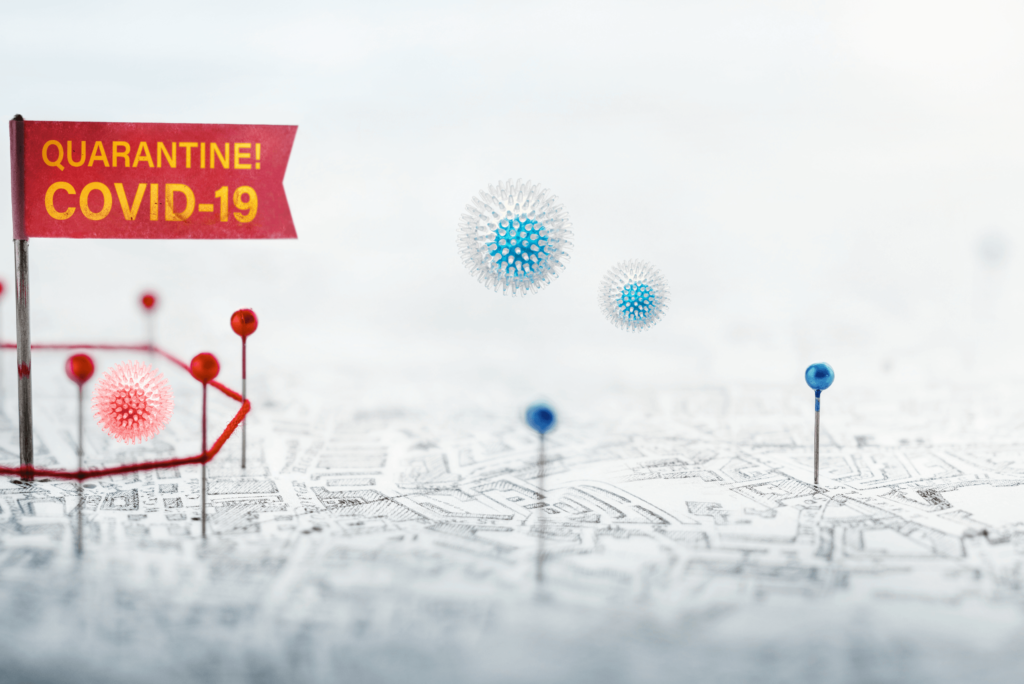
Experts’ Comments on Covid-19 Trends
According to health professionals, other variables include the occurrence of the Omicron subvariant, which spread even faster than the variant itself and has been prevalent in Central and Western New York.
In an email, Jeffrey Hammond, a spokesperson for the state Department of Health, said, “It is still too early to comment on the trends.”
Hammond would not say whether Gov. Kathy Hochul would pursue safety measures to address the rising Covid-19 levels in Upstate New York. Dr. Russo and Dr. Nielsen believe that emphasizing personal responsibility is a more constructive strategy.
“Information is getting out that we have a lot of Covid in our neighborhood,” Dr. Russo stated. Considering this, people have a reasonable possibility of getting infected if they travel to public places without a mask on. The same is true if they hold gatherings at home without wearing protective equipment such as masks, at the least.
COVID-19 Safety Recommendations
With New York engaged in a tough battle against COVID-19, there are measures you need to follow to protect yourself and your loved ones. Here are some reminders of what to do:
Prevention
- Follow all mask-wearing and social-gathering guidelines.
- If you’re eligible, get yourself vaccinated
- Wash your hands often with soap and water for at least 20 seconds
- Unwashed hands should not touch your eyes, nose, or mouth
- Avoid coming into close touch with sick people
- Use a tissue as cover when you cough and sneeze
- Disinfect and clean surfaces and objects that are often touched
For people who have COVID-19 symptoms:
- Stay at home and avoid contact with other people
- Monitor your symptoms daily
- Speak with a medical professional
- Get tested for COVID-19
If you test positive for COVID-19, you should:
- Read and refer to the isolation and quarantine guidelines from New York State.
Conclusion
With New York a Covid-19 hotspot, it’s still vital to protect ourselves and others from the COVID-19 virus and long-COVID syndrome.
When you get yourself vaccinated against COVID-19, you reduce your chances of spreading the disease.
COVID-19 vaccinations, according to WHO, offer substantial protection against severe illness, hospitalization, and fatality.
Studies have shown that getting vaccinated also decreases your probability of spreading COVID-19 to others. Thus, your decision to receive the vaccine protects others as well as yourself.
Because there is still so much to learn about this virus, the best advice is to get vaccinated.
However, you must remember that you should not let your guard down entirely once you receive the vaccine. Continue to use the various safety precautions as stated above.
